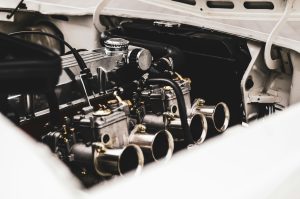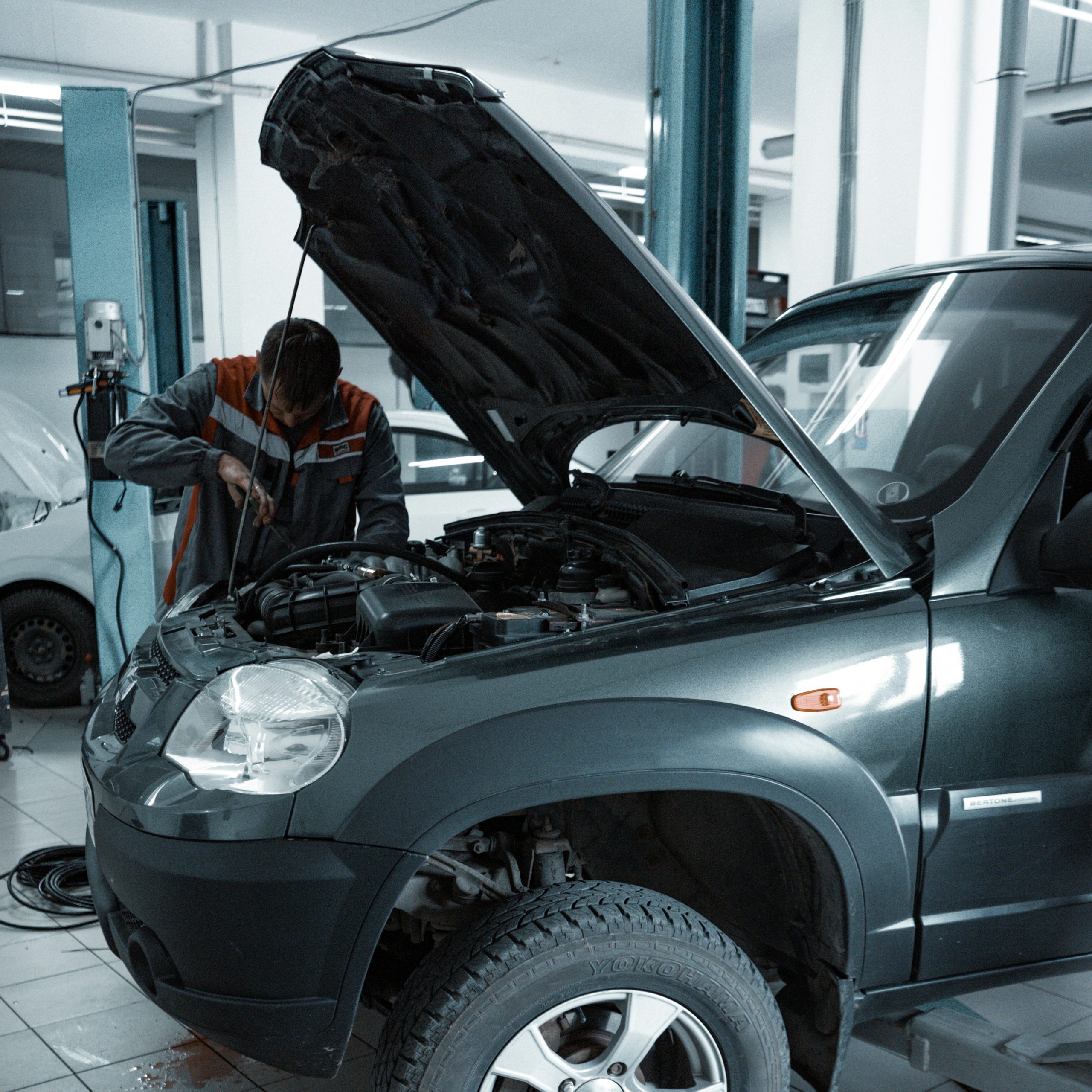A catch can is basically an oil separator. In this context, it is an aftermarket device usually fitted to a light vehicle diesel engine to capture and separate oil mist and other contaminants from the crankcase ventilation system.
A catch can is installed between the engine’s own oil separator (which is usually incorporated into the valve cover) and the intake hose from the air filter to the valve cover.
A catch can intercepts the crankcase gases before they enter the intake system. Inside the catch can, the gases are slowed down, allowing the oil mist and other contaminants to condense and collect at the bottom. Cleaned gases are then vented back to the engine, which are burnt during the combustion process.
Essentially, a catch can reduces the amount of oil mist from the crankcase vent system entering the engine.
Why don’t car makers fit catch cans?
Car manufacturers make design and engineering decisions based on a combination of factors, including performance, cost, emissions regulations, and customer expectations. While catch cans can offer benefits in terms of reducing intake system contamination, there are several reasons why car makers might not fit catch cans as standard equipment:
Cost: Adding components like catch cans increases manufacturing costs. Car manufacturers strive to balance performance, features, and cost to offer competitive pricing in the market. If the perceived benefits of catch cans don’t justify the additional cost in the eyes of the manufacturer or customers, they may opt not to include them.
Maintenance: Catch cans require periodic maintenance to empty accumulated oil and contaminants. Manufacturers might consider the potential inconvenience and added maintenance costs for customers when deciding on standard equipment.
Engine Design: Some modern engines may incorporate internal features or systems that mitigate the need for external catch cans. For example, some engines have improved PCV (Positive Crankcase Ventilation) systems or other internal mechanisms designed to manage blow-by gases and oil mist.
Do catch cans eliminate all oil mist and other contaminates?
No. It’s important to remember that a catch can will only separate oil and other contaminates from the crankcase ventilation system. In addition to the oil mist in the crankcase gases, a small amount of oil will also enter the induction system from the turbocharger. A catch can will not capture this oil coming from the turbo as the can is never installed between the turbocharger and the intake manifold.
In addition, while the catch can will capture most of the oil in the crankcase gases, it “won’t capture it all.”
Why are catch cans fitted?
The main reason for fitting a catch can is to prevent or reduce the build-up of carbon deposits in the intake manifold, inlet ports and on top of the inlet valves. The theory seems to be that by reducing the amount of hydrocarbons (from vented engine oil) entering the induction system, carbon build-up will be reduced or eliminated.
Do catch cans work?
Catch cans definitely reduce the amount of engine oil entering the induction system. When we drain catch cans during servicing, there is always a small amount of oil trapped in the can. So yes, catch cans do “catch” oil vented through the crankcase vent system.
?But do they reduce or prevent carbon build-up
The easy answer is yes, of course! Less hydrocarbons entering the induction system equals less carbon build-up. But the crankcase vent system isn’t the only potential source of hydrocarbons fed into the induction system. The other source comes from exhaust gases delivered via the engine’s EGR system.
The limitations of catch cans
The EGR (or exhaust gas recirculation) system feeds exhaust gases back into the intake manifold to reduce combustion chamber temperatures. These systems make an important contribution to reducing the Nox emissions that are a major contributor to smog.
The other point to keep in mind is that when diesel engines suffer incomplete combustion, they emit soot (or blow black smoke). This problem can have several causes such as low compression in one or more cylinders, blocked exhaust, faulty injectors, etc.
So if you have an engine blowing black smoke, a portion of these sooty exhaust gases is being fed back into the inlet manifold via the EGR system. Once there, it will combine with the engine oil in the induction system to form a thick black paste. Again, keep in mind there is no way to eliminate engine oil entering the induction system. Some will always come past the turbo and even if a catch can is fitted, some will always come past the can.
A few years ago we worked on two different Audi Q7s. Both were 3.0 TDI diesels of similar age and similar kilometers. Neither were fitted with catch cans. One had quite substantial carbon build-up in the intake system. The other had none.
The difference? The one with carbon build-up had combustion issues from faulty injectors and faulty injector base washers. This produced sooty exhaust gases which were fed back to the intake manifold through the EGR system, resulting in the carbon build-up.
Would a catch can have made a difference? Perhaps. But we tend to think that even a small amount of engine oil will be enough to produce carbon deposits when sooty exhaust gases are present.
Conclusion
A properly fitted and maintained catch can won’t do any harm. And if things go wrong with your diesel engine and it starts emitting sooty exhaust gases, the catch can may even help to reduce the amount of manifold blockage. But it isn’t a cure for carbon build-up.
Are they worth it? We’ll leave that up to each individual owner to decide.
Contact Torque Team now to learn more









